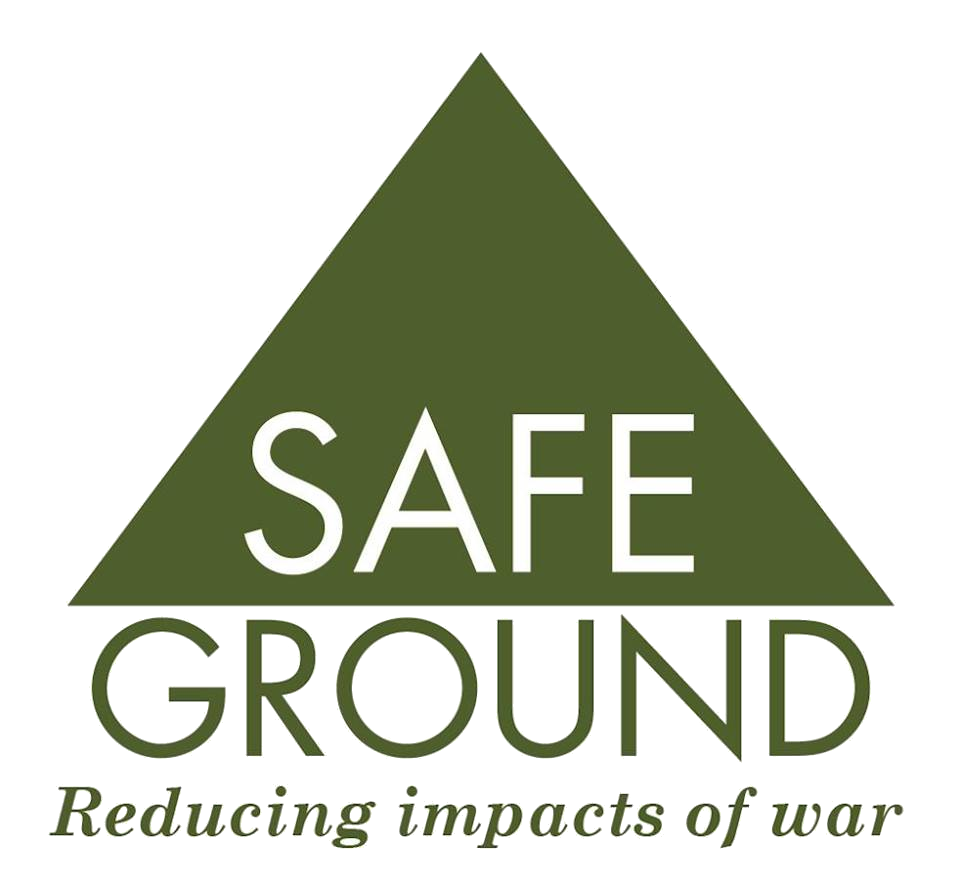Safe Ground researchers will embark on a detailed research in three Pacific Island Nations beginning in September. The researchers will look at the effects of ERW (explosive remnants of war) on civil populations over 70 years since the end of WW2.
The aim is to compare three countries with very different levels of ERW contamination and efforts to eradicate the problems. The countries in focus are Palau, The Solomon Islands and Bougainville Island in Papua New Guinea.
The final desk research is at present underway and in-field relationships are being created. The final product will be a book that compares the three countries.
The Solomon Islands bore the first push back as American forces engaged the Imperial Japanese Army in 1942. The battles were then pressed into Bougainville Island and on and up the chains of islands leading to Japan. Much of the war was fought in a leapfrog fashion as the Allied forces wished to have airfields and not have to fight actively every Japanese force spread through the islands. Palau and the island of Peleliu were invaded to secure the airfield and secure the right flank of the main advance.
The experience of each country is very different in regards to what has been done to eradicate the various problems of ERW.
Palau has had a long relationship with Cleared Ground Demining (CGD). CGD set up the first concerted effort to clear the island of Peleliu eight years ago and are now approaching the final stages of this clearance. This is a good news story that looks at what can be achieved when skills and budgets are well used and focused on the complete eradication of a problem.
The Solomon Islands is a medium story with teams from the Royal Solomon Island Police Force being trained to a high professional standard of ERW clearance by Golden West Humanitarian Foundation. The problem they face is the lack of international investment interest from donors that could mitigate the national problem. Money is available for training and research and development but not for a fully deployed national program. The Solomon Islands has an extra level of complication with ERW being used by some for fishing. Fishing with explosives or ‘Dynamite Fishing’ is common practice in parts of the Solomons, which is another problem that needs addressing. Safe Ground in partnership with Jumbla Animation Studios in Melbourne have already produced an animated public service commercial that addresses the issues of Dynamite Fishing. This animation is in the process of being released in the Solomons and will hit the local TV station in June.
Bougainville Island was the scene of fierce jungle fighting as the Allied forces pushed north from the Solomons. Bougainville was essential as a staging point before a final assault on the main Japanese base in Rabaul. The eventual collapse of the Japanese forces in Rabaul were key to victory in the South Pacific region. Bougainville has had a complicated history since the war, with a civil war being fought and tenuous areas of autonomous control from various factions. Bougainville has largely been ‘the land that time forgot’ from the international arena. Some sporadic efforts of clearance have taken place though reporting and coordination has been sorely lacking.
The research aims to look at what can be achieved if effort and funds are available and make recommendations on what should be done to alleviate dangers in places that have been overlooked by the international community.
This will be the largest field research project undertaken by SafeGround and hopes to add valuable information to further dialogue on the ERW problem that still exists in battlefields from long ago.
-John Rodsted, Safeground National Committee and Researcher

Recent Comments